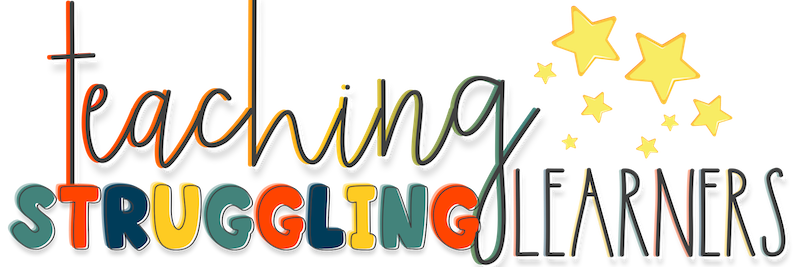Every school and classroom contains students who are struggling. Many times students begin struggling in elementary school, and it continues through graduation…if they graduate. But, as teachers, what do we do when we know a student is struggling? The answer seems obvious…HELP THEM! But how? What do we do to get them the help they need?

Teachers try to fill the gaps so that the students are able to meet the benchmarks at the grade or subject level they are currently on.
The problem is that, due to time, teaching expectations, resources, or training, true deficits aren’t addressed or fixed.
Starting as early as kindergarten, students may begin to struggle. Teachers work hard to expose the students to all the things they need to be successful, but the students are already behind and need help to catch up. As the curriculum progresses, gaps in student learning become more pronounced and impactful of future learning.
By third grade, what started as small skill deficits, has blossomed into a student who is unable to read and comprehend on grade level or complete math facts or word problems.
So what do we do?
First- let’s give some respect to the early years teachers, who are so often overlooked for resources because they aren’t a testing grade. They are teaching way more than how to walk in a line or work in centers. They are trying to lay the basic foundation for all future learning, so let’s start advocating for them to get the resources they need to lay a solid foundation for our students.
But what about the students in your class right now? What do you do when you know a student is struggling? I think the next step is learning to appreciate the learning differences your students have. I talk about this in my podcast, Episode 10…where I also share a Freebie, so I want to urge you to check it out!
The next step in helping our struggling learners is identifying the root cause of the struggle. By identifying the root cause of the struggle, teachers can really start to make a plan about how best to address the issue.
I want to urge you to look deeper than the skill struggle the student us having in your classroom today. If you can find the prerequisite skill deficits, you can address these issues. This will impact many more areas than the specific skill you are focusing on in your grade level.
So, now that you’re probably saying….great Jessica, not that I know what is the issue, and it’s not covered in my curriculum by the way….what do I do now???

Don’t worry, we will start working through that issue next week! In the meantime, for more information on what to do when you know a student is struggling, and some examples I’ve shared, tune in to the Reaching Struggling Learners podcast Episode 14.
